HSCT for Chronic Inflammatory Demyelinating Polyneuropathy (CIDP)
- Hematopoietic Stem Cell Transplantation in Chronic Inflammatory Demyelinating Polyneuropathy
- What Is CIDP?
- What Triggers CIDP?
- Is CIDP fatal?
- Is CIDP progressive?
- What are the various CIDP stages?
- Is CIDP a form of MS?
- What happens if CIDP is not treated?
- What are the dietary recommendations for CIDP patients?
- Does CIDP affect speech?
- What is CIDP treatment?
- Can CIDP cause paralysis?
- Does stem cell treatment work for CIDP?
- Can HSCT help for CIDP patients?
- How does HSCT work for CIDP patients?
- Where can I get treatment for CIDP?
- Are there any medications that are used to treat CIDP?
- CIDP treatment process with HSCT
Hematopoietic Stem-Cell Transplantation (HSCT) is an established and promising treatment option when it comes to treating autoimmune and inflammatory diseases such as MS, CIDP, Myasthenia Gravis, and Multiple Myeloma.
Despite the innovation of biologics and other disease-modifying drugs, a large number of patients with autoimmune and inflammatory diseases face multiple problems. HSCT improves outcomes and patients’ quality of life, although patient selection sometimes can get critical.
Hematopoietic Stem Cell Transplantation in Chronic Inflammatory Demyelinating Polyneuropathy (CIDP)
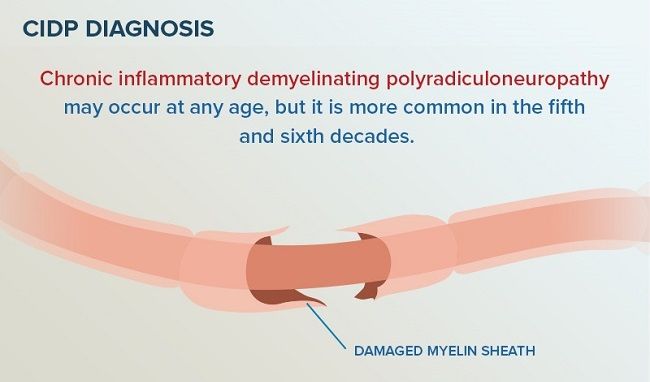
Let us examine whether treating patients with HSCT will stop the progression of CIDP.
- CIDP is an acquired immune- mediated inflammatory disorder of the peripheral nervous system. It occurs when the immune system malfunctions and creates an antibody that attacks the nerve roots and peripheral nerves resulting in inflammation and damage to the myelin sheath, which covers the nerves and assists in nerve signal transmission. It results in the slowing of the nerve signals and subsequent weakness in the muscles they control.
The symptoms usually start in the feet and gradually moves up to the legs and arms, typically affecting both sides of the body.
Though CIDP can strike at any age, the peak period of development is in the sixth or seventh decade of life. The condition generally affects males more than females.
CIPD is usually accompanied by signs like fatigue, tingling sensations, weakness and numbness, etc.
The rate and severity of the progression of weakness vary from person to person. However, CIDP usually progresses slowly over several months.
What Is CIDP?
CIDP is a rare type of autoimmune disorder. In an autoimmune disease, the body attacks its own tissues. In CIDP, the body attacks the myelin sheaths. These are the fatty coverings on the fibers that insulate and protect the nerves. CIDP is considered a chronic, or long-term, disease.
What Triggers CIDP?
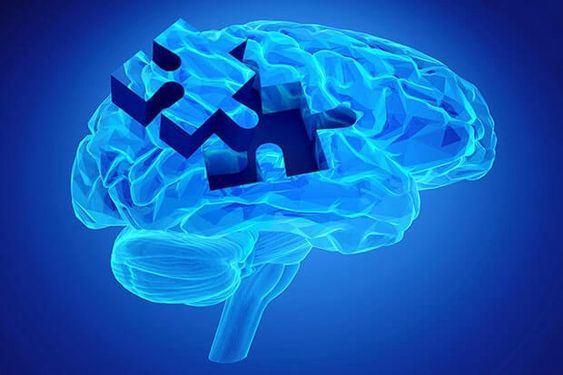
The specific CIDP triggers may vary. In many cases, the cause cannot be identified. CIDP may even occur with other conditions, such as:
- Chronic hepatitis
- Diabetes
- HIV/AIDS
- Immune system disorders due to cancer
- Inflammatory bowel disease
- Cancer of the lymph system
- Overactive thyroid
- Side effects of medicines to treat cancer or HIV
Is CIDP fatal?
Without treatment, CIDP is eventually fatal in up to 10 per cent of patients. However, using HSCT treatment, doctors have discovered it is possible to repair cells that prolong the patient’s life.
Is CIDP progressive?
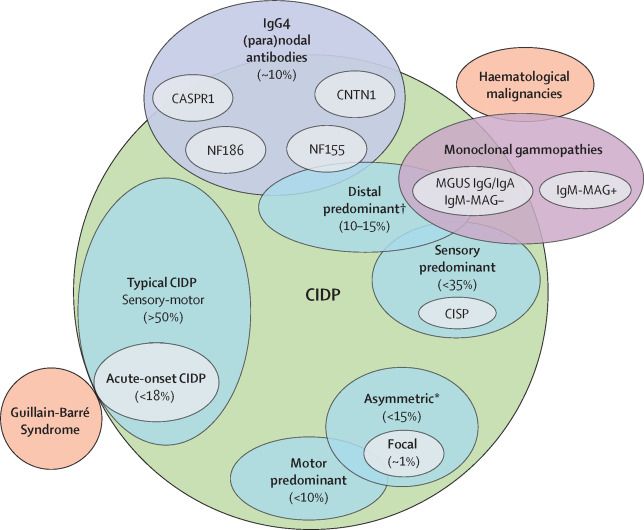
Chronic inflammatory demyelinating polyneuropathy is disease believed to be due to immune cells, cells which normally protect the body, but are now attacking the nerves in the body. The likelihood of progression of the disease is high, therefore its early treatment that includes medicines or treatments to suppress the immune system is very important.
What are the various CIDP stages?
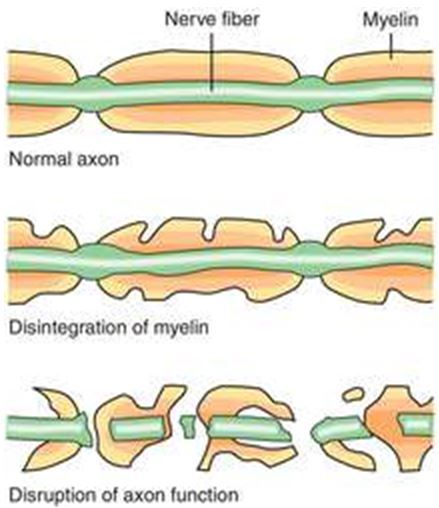
CIDP is a chronic condition with symptoms that develop over the course of eight weeks or longer and last several months to several years. This autoimmune disease attacks the myelin sheath, the fatty covering that protects nerve fibres, causing peripheral neuropathy over time.
However, CIDP progressive cases are individuals who face symptoms that only get worse with time. Others are categorised as recurrent, where the disease appears in episodes that come and go. CIDP can also be marked by a single incident that lasts for one to three years, then does not recur.
There’s no CIDP cure. But, most patients who seek treatment early can recover. However, some may experience permanent numbness or weakness due to mild nerve damage.
Is CIDP a form of MS?
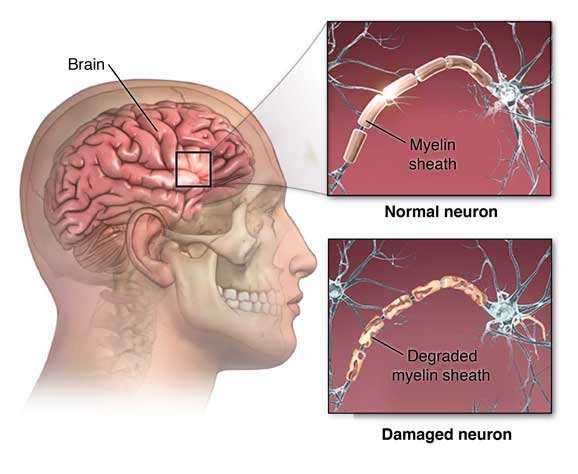
Like CIDP, Multiple Sclerosis destroys the myelin coating around nerves. MS can also be progressive. But, unlike CIDP, people with MS develop plaques on their brain and spinal cord. These plaques prevent their nerves from properly transmitting signals from their brain through the central nervous system and to the rest of their body.
Also, symptoms of MS typically show up on one side of the body at a time, not in a symmetrical pattern. The affected area and the severity of symptoms depend greatly on which nerves MS attacks.
What happens if CIDP is not treated?
For people affected by CIDP, early treatment is very important as it gives an individual the best chance of limiting symptoms and keeping the condition under control. Any delay in seeking treatment for CIDP is likely to make things worse over the course of several years. These can range from sensory symptoms, such as tingling and numbness, to weakness and loss of balance. Infact, the lack of or any delay in seeking treatment can increase the level of morbidity and risk of mortality.
What are the dietary recommendations for CIDP patients?
Patients wanting to follow CIDP diet are cautioned to avoid food that can stimulate inflammation to help prevent additional pain and discomfort associated with the disease. This may include fatty foods and processed junk food. Instead, incorporate plenty of fruits and vegetables that are high in antioxidants and food rich in omega-3 like salmon or flaxseed.
Does CIDP affect speech?
Yes, it does affect speech to some extent like changing voice or slurred speech are some of the examples.
What is CIDP treatment?
The goal of the treatment for CIDP is to stop the attack on your myelin and slow the progression of symptoms. To do this, the first line of treatment is often corticosteroids. Other treatment options include plasma exchange, intravenous immunoglobulin injections and immunosuppressant drugs. However, a stem cell transplant is a promising treatment for CIDP patients as it offers quality life.
Can CIDP cause paralysis?
CIDP causes weakness of the arms and legs. In some extreme cases, it may even cause paralysis. Though the degree of symptom severity varies with each individual.
Does stem cell treatment work for CIDP?
Yes, HSCT offers a promising treatment for patients with CIDP. It is a treatment approach that aims to terminate or reverse disability. In order to get the transplant, a patient first needs to have their diagnosis confirmed followed by which the patients are given a treatment that nearly wipes out their faulty immune system. They’re then infused with their own stem cells, which rapidly regenerates a new immune system.
Can HSCT help for CIDP patients?
Yes, in the last two decades, HSCT has been used for the treatment of various autoimmune diseases of the nervous system. This includes CIDP apart from multiple sclerosis (MS), myasthenia gravis (MG) and mm. In comparison to other available therapies, treatment with HSCT aims to reboot the faulty immune system and enable the formation of a new immune system. As a consequence, most patients will not require additional therapy after the procedure.
How does HSCT work for CIDP patients?
HSCT is a preferred and promising treatment option for CIDP. The procedure can be divided into four parts: the mobilisation, when drugs are administrated to mobilise haematopoietic stem cells (HSCs) from the bone marrow; the harvest, when stem cells are acquired through leukapheresis; the conditioning, when drugs are given to ‘ablate’ the faulty immune system; and finally the reinfusion of autologous HSCs.
Where can I get treatment for CIDP?
If you are seeking quality treatment for CIDP in India, HSCT Hospital India offers world-class yet affordable treatment. Patients after arrival at HSCT India hospital undergo detailed medical evaluation.A multidisciplinary team of medical experts then reviews and decides suitability to go ahead with HSCT. Complete HSCT treatment is done during 30 days stay at World Class hospital. HSCT Hospital India is a JCI – USA Accredited hospital and a large number of MS patients from Europe, America and Australia have already been treated here successfully.
Are there any medications that are used to treat CIDP?
CIDP is an inflammatory neuropathy that targets the myelin sheaths in the peripheral nerves. First-line therapies include intravenous immunolobulins, corticosteroids, or plasmapheresis but those who progress despite first-line treatment are usually offered second-line therapies such as HSCT that has been reported to be beneficial in many patients.
CIDP treatment process with HSCT

Autologous hematopoietic stem cell transplantation (HSCT) appears to be safe and effective for patients with CIDP. It helps patients, especially older ones to achieve deep, durable remission.
At HSCT Hospital India, we offer quality HSCT treatment for patients with CIDP. Once diagnosed, your doctor will perform a series of tests to access if you are an ideal candidate for the stem cell treatment as transplants aren’t for everyone. Followed by that you will be hospitalised for about a month where you will be well taken care of and treated to lead a quality life.
During the treatment unhealthy blood cells are replaced with the healthy ones. It reboots marrow and makes blood healthy again. HSCT isn’t a cure for CIDP but it can certainly help patients live healthy and longer.
Real Patient– Real Stories




